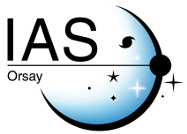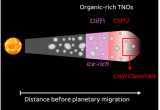Thanks to its newly tilted orbit around the Sun, the ESA-led Solar Orbiter spacecraft is the first to image the Sun’s poles from outside the ecliptic plane. This unique viewing angle will change our understanding of the Sun’s magnetic field, the solar cycle and the workings of space weather.
You are here
The Simons Observatory (SO has reached a significant milestone with the successful installation of its Large Aperture Telescope (LAT).
At midday on Wednesday March 19, 2025, ESA released the first survey data from the Euclid space mission.
We stand in solidarity with all our colleagues who are victims of the attacks on science, particularly by the Trump administration. We categorically oppose all forms of censorship and reaffirm our unwavering commitment to the fundamental values of science: freedom, integrity and openness. We are committed to defending these values, and we invite you to join us in this commitment, particularly through Stand Up for Science actions.
The James Webb Space Telescope (JWST) is transforming our understanding of trans-Neptunian objects (TNOs), the icy remnants of planetary formation. As part of the DiSCo-TNOs project, researchers have used JWST’s near-infrared data to identify two distinct groups among spectrally red TNOs, believed to be rich in organics. The key difference between these groups is the presence of surface ices—particularly methanol (CH₃OH) ice.








